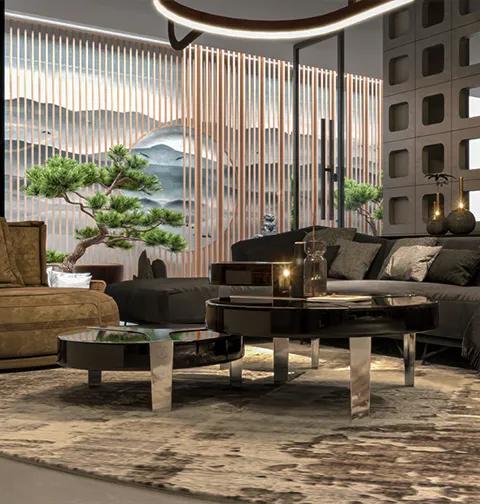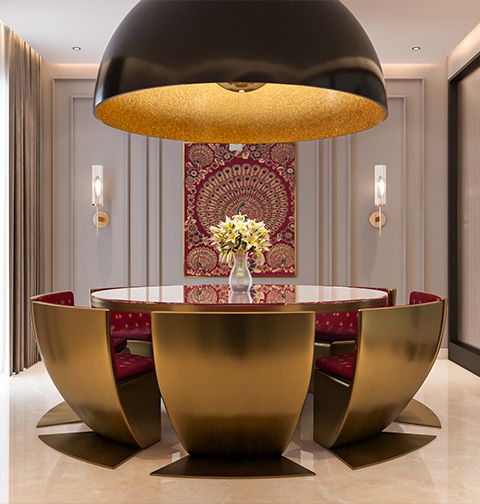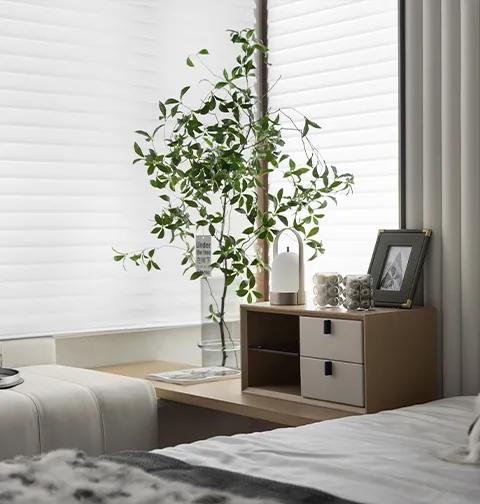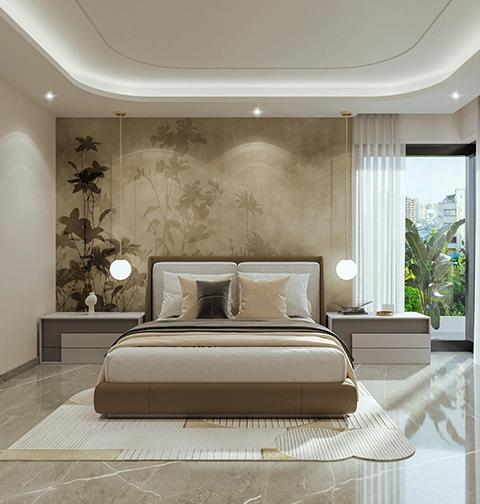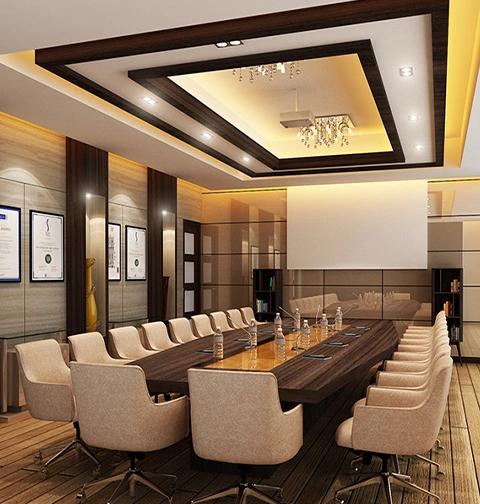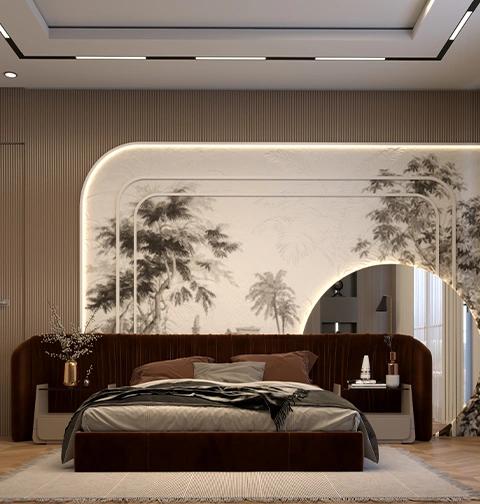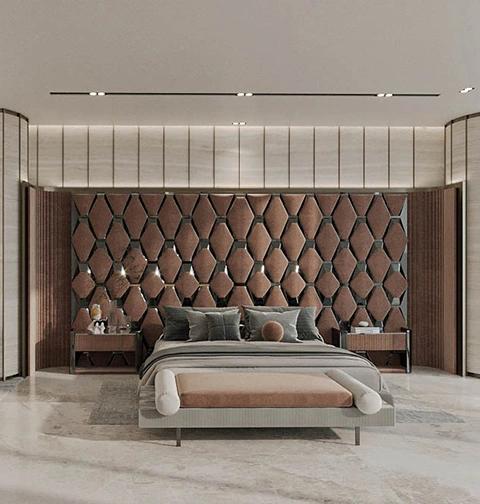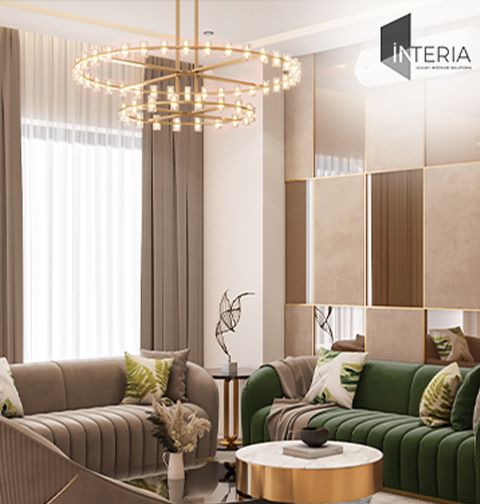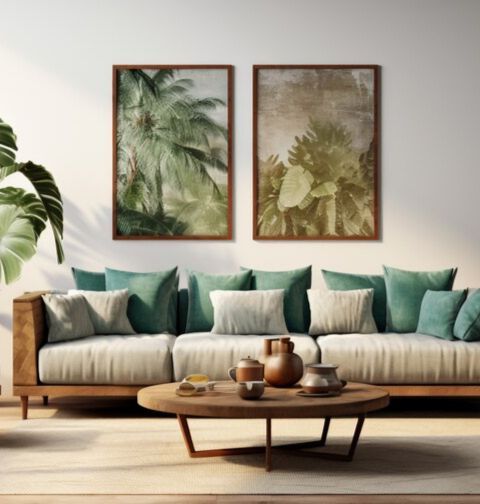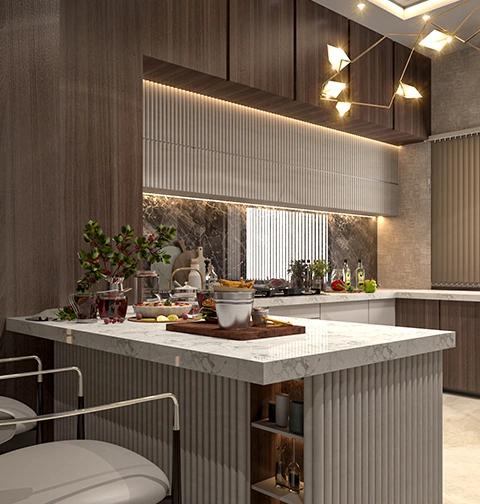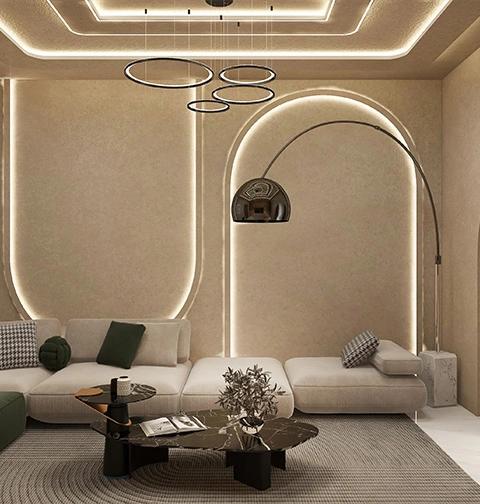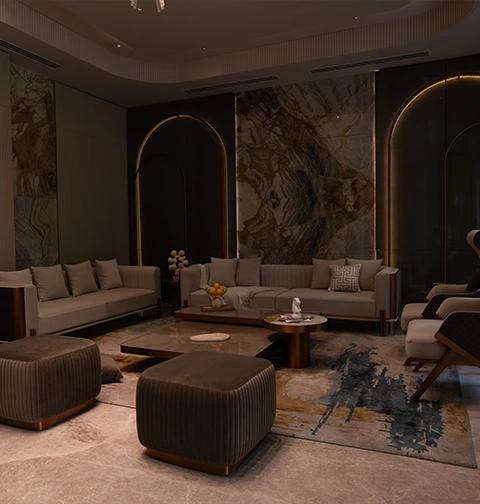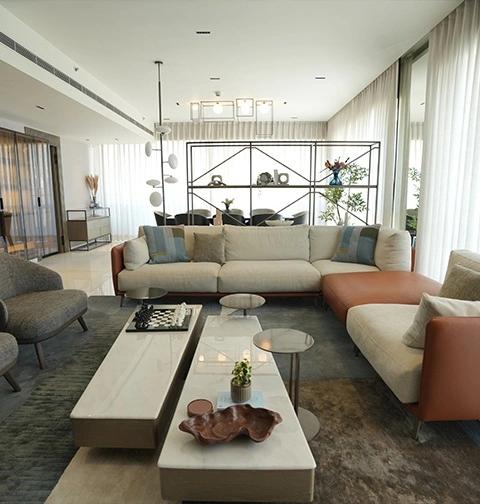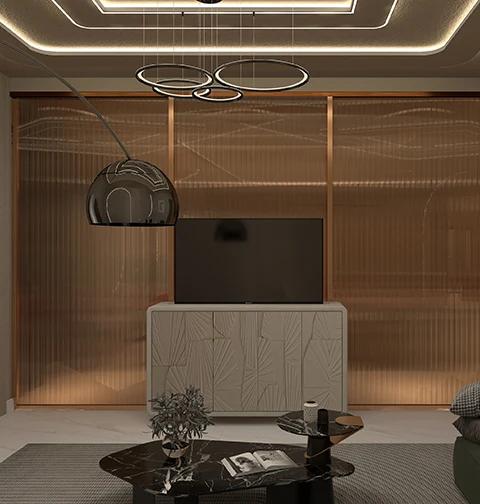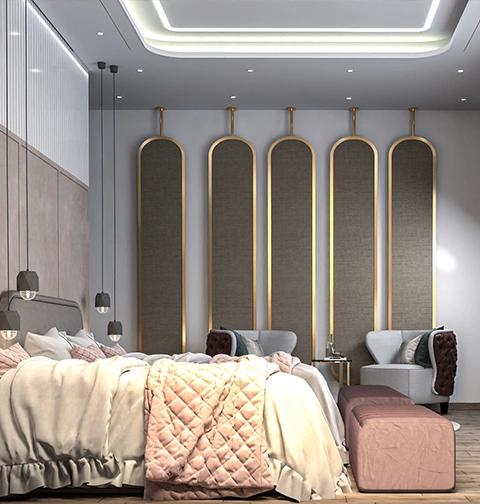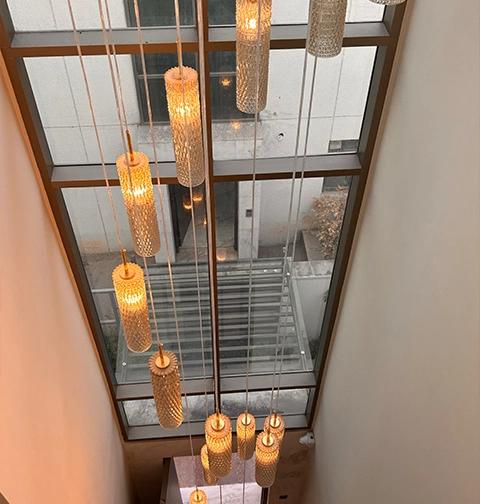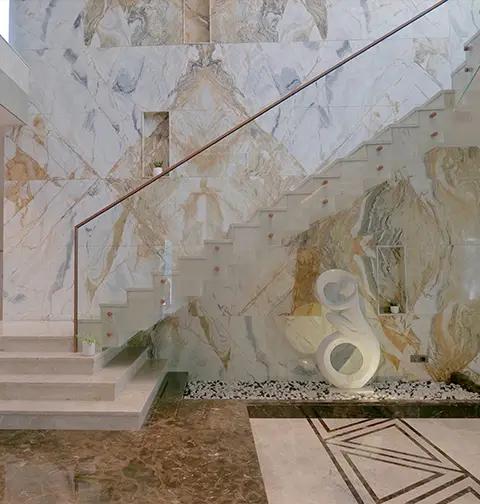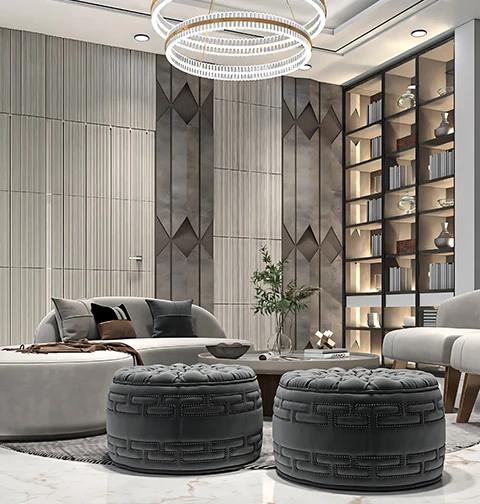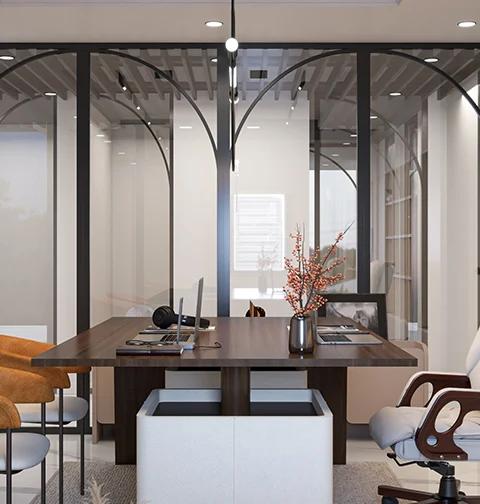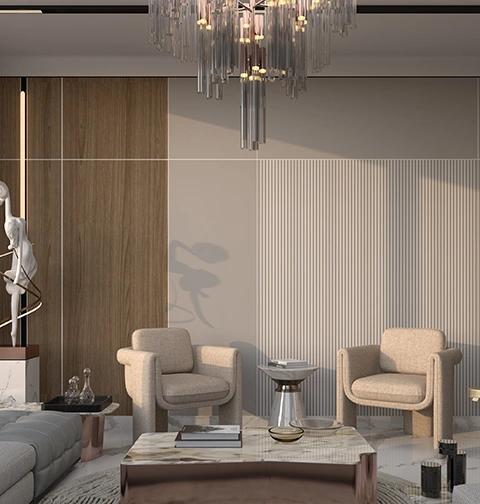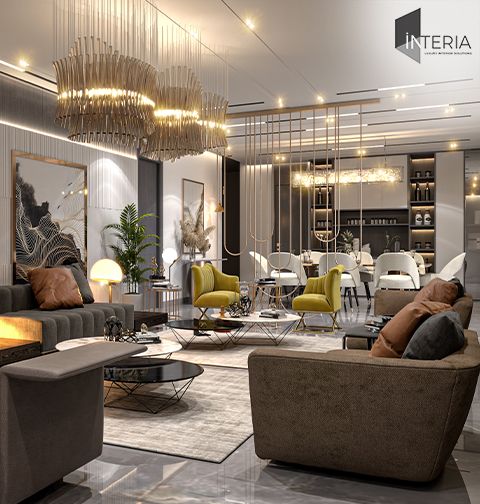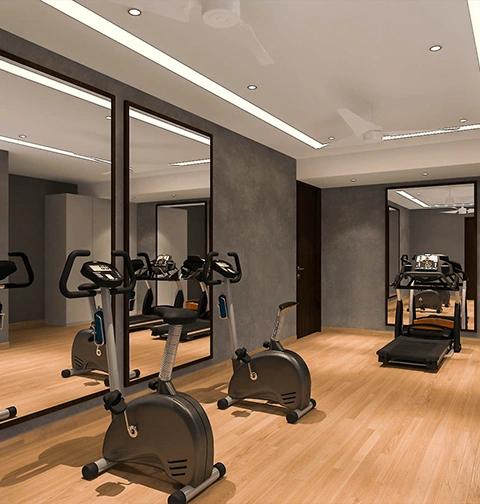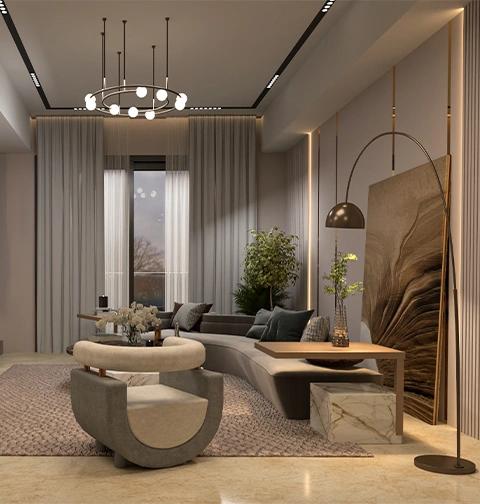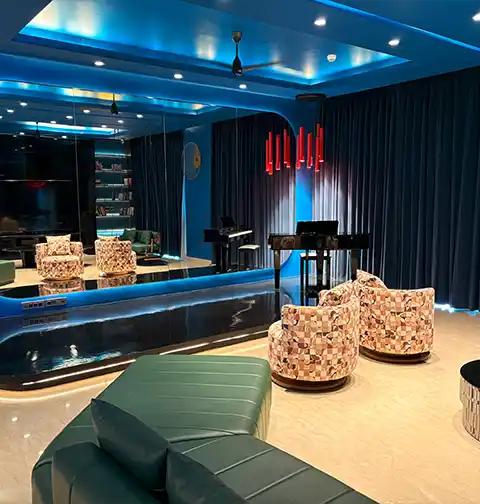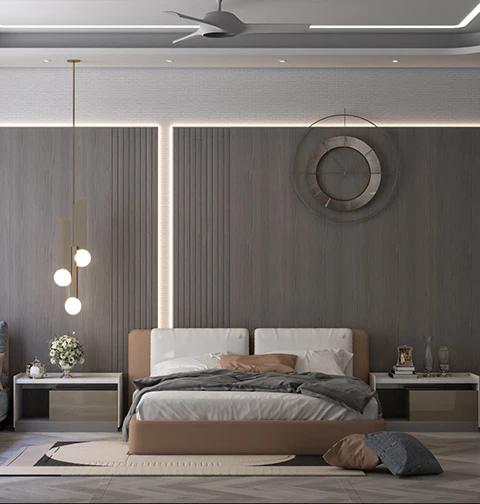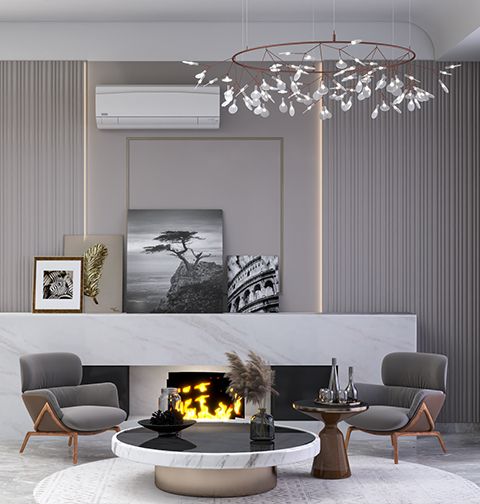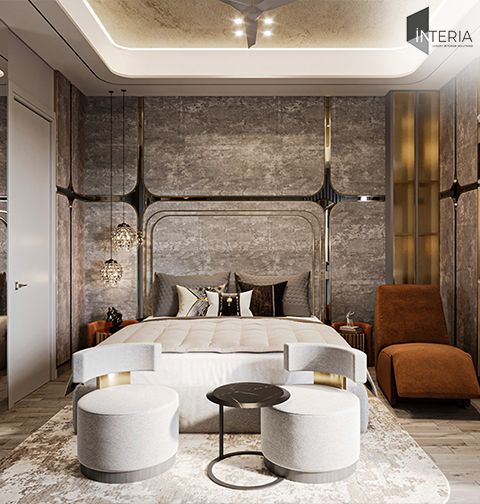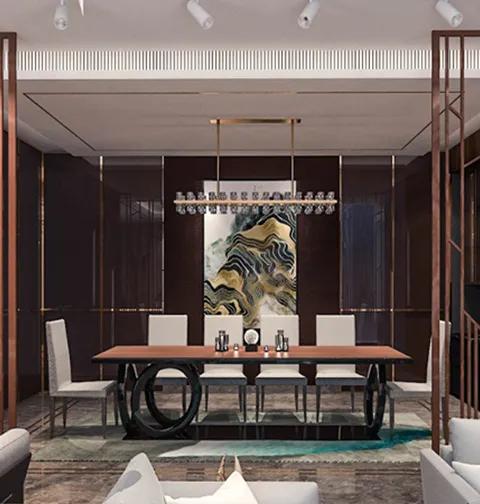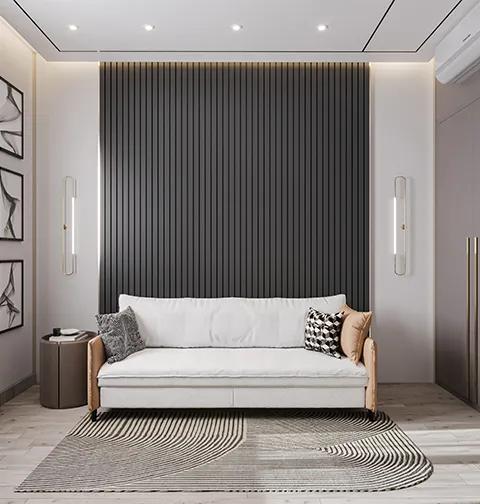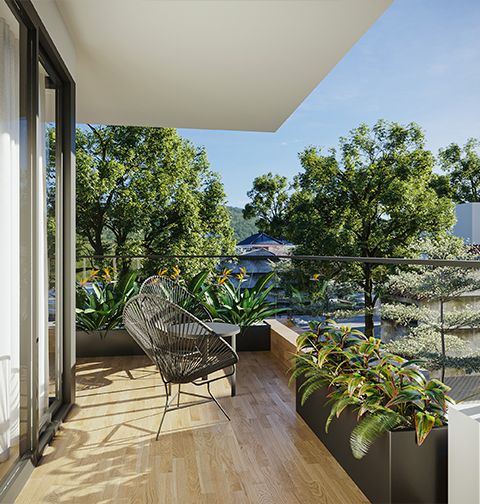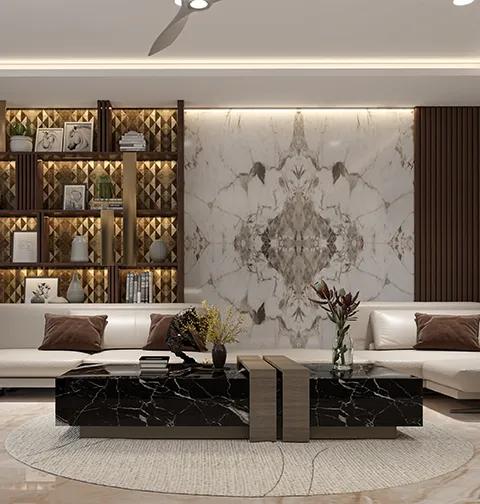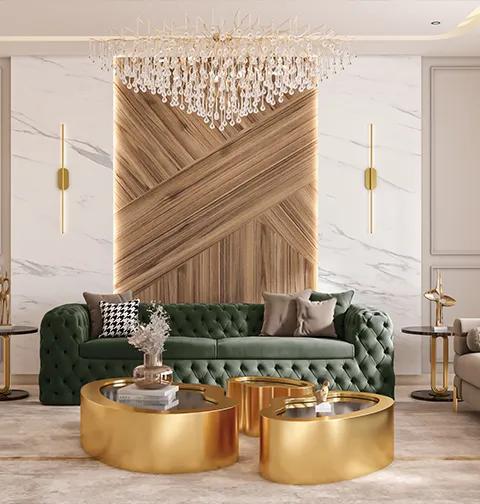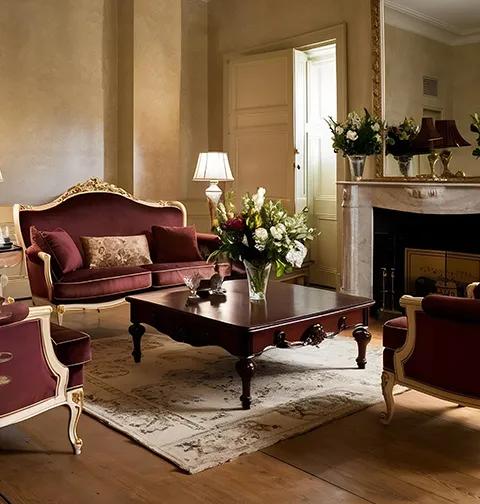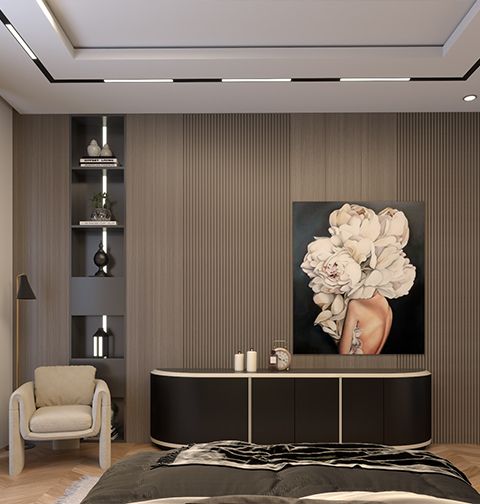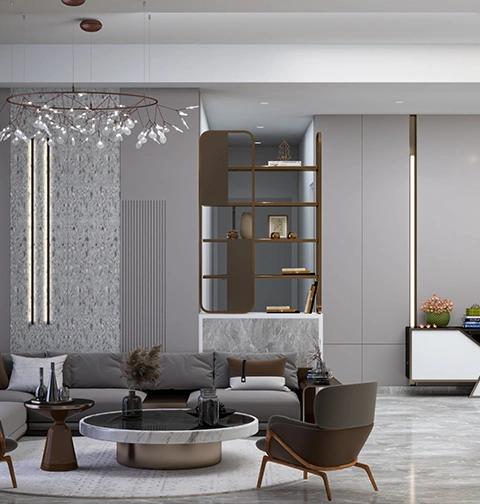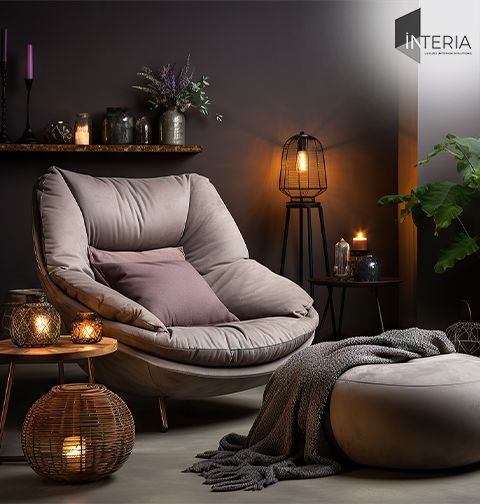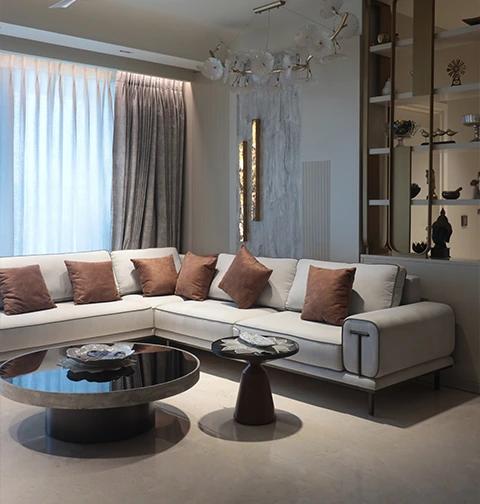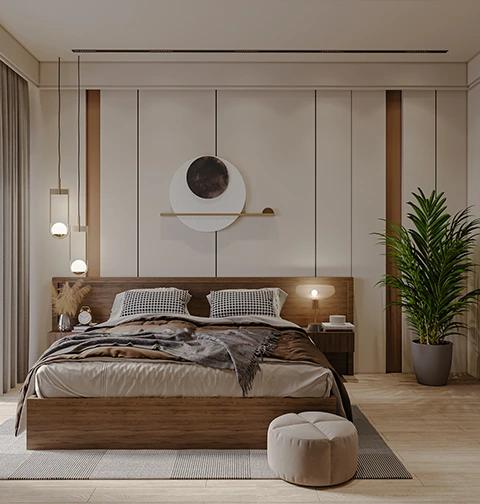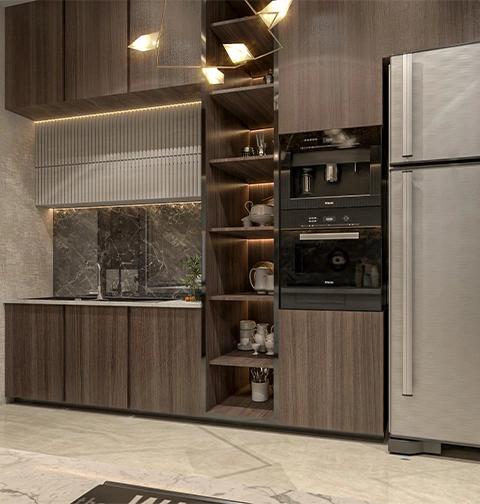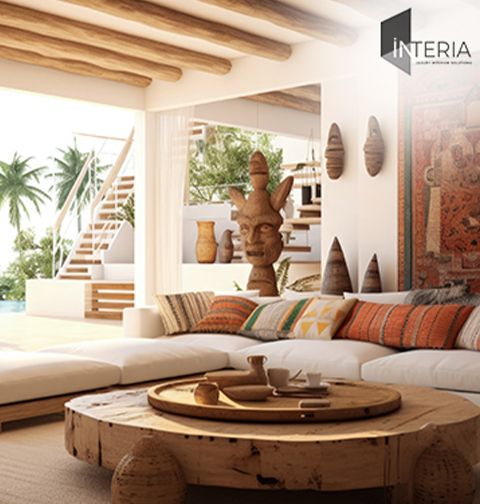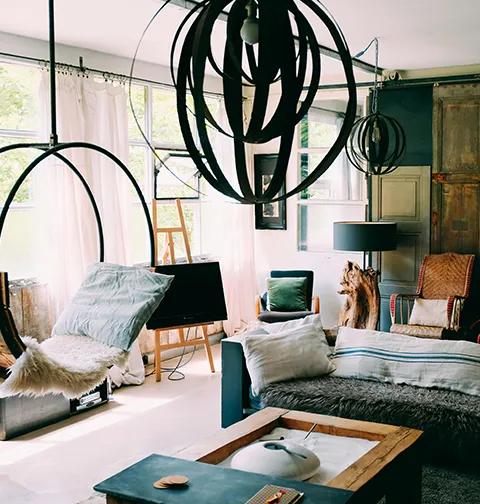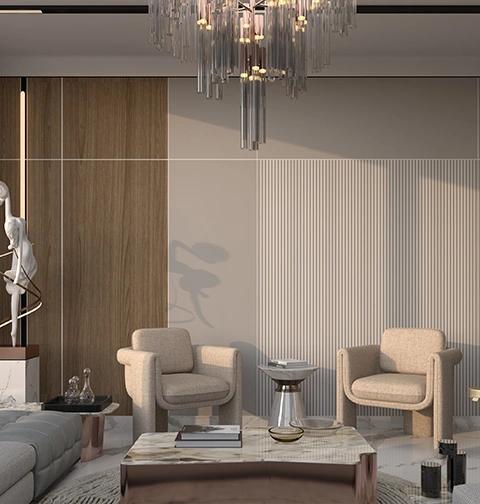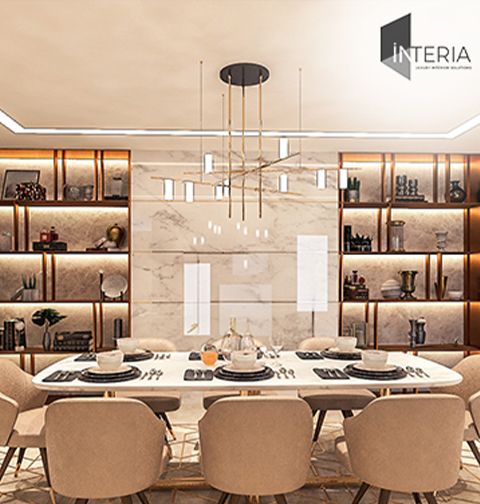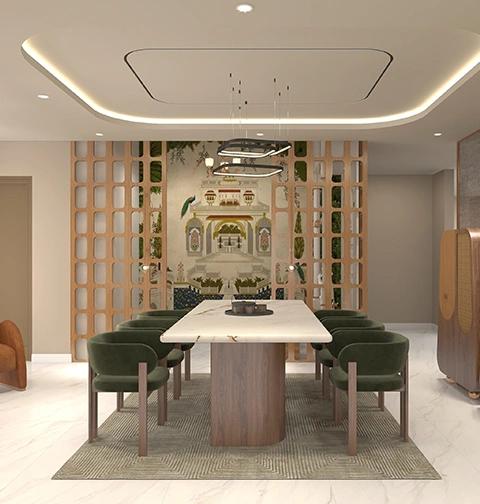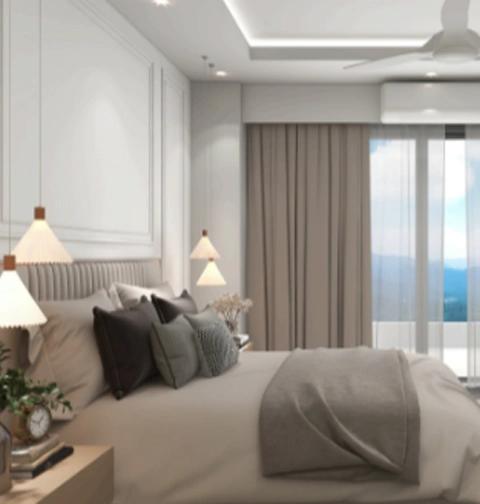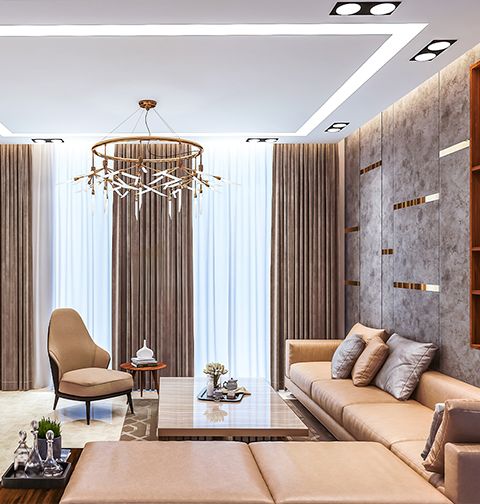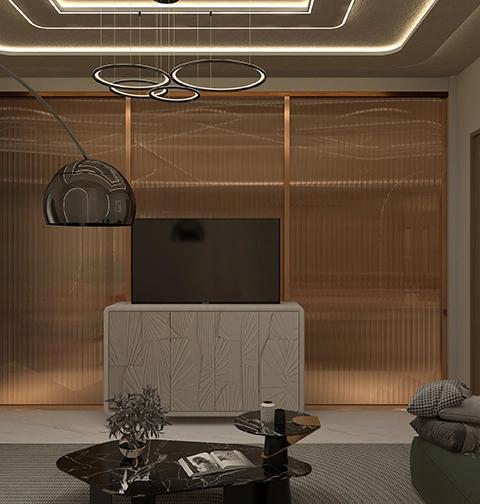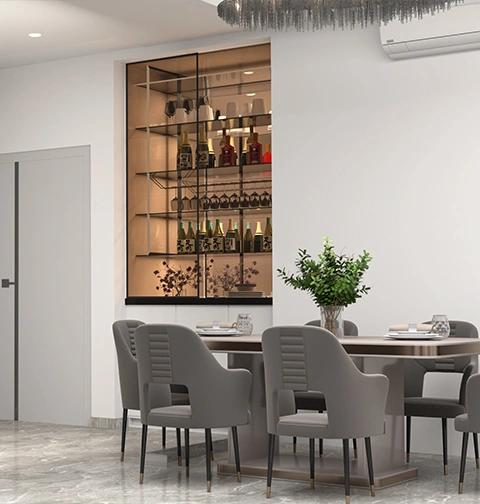
blog post
Top Commercial Interior Design Trends for 2025
Discover 2025 top commercial interior design trends, from biophilic design to hybrid workspaces, sustainability, and immersive brand storytelling.
Thoughtful commercial interior design stands as a fundamental requirement to navigate the evolving business environment. Commercial spaces now go beyond visual appeal since they must support productivity and wellness for organizations while maintaining brand alignment. Companies that aim to remain competitive need to grasp the current trends that shape their future operations. One of the renowned commercial interior design firms, namely, Interia, analyzes these design changes to deliver outstanding results to our client projects. These upcoming commercial interior design trends for 2025 will be explored in detail.
Explore Some Popular Commercial Interior Design Trends in 2025
1. Biophilic Design: Bringing the Outdoors In
Biophilic design has firmly established itself as one of the leading architectural trends, as humans naturally require contact with nature. Commercial spaces incorporating natural elements offer tangible benefits to employees, enhancing their well-being while reducing stress and promoting creativity. Biophilia will reach new heights in its applications throughout 2025.
- Living Walls and Vertical Gardens: These serve as integrated systems to enhance air quality while generating relaxing environments in places where they are installed. Commercial interior design firms are expanding their usage of big living walls, which now appear in central spaces and separate work areas in addition to reception zones.
- Natural Light Optimization: The optimization of natural lighting in interior design continues to be an essential design principle. This system incorporates strategic window placement, combined with light-reflecting materials and circadian lighting systems that mimic natural light patterns.
- Natural Materials and Textures: Raw materials, including wood, stone, bamboo, and natural fabrics, create tactile elements that enhance interior spaces. Every interior design studio in Delhi is actively seeking environmentally friendly local materials that help strengthen their connection to nature.
- Water Features: Small indoor fountains, together with cascading walls, bring tranquility while also blocking unwanted background noises.
2. Hybrid Workspaces: Flexibility and Adaptability
The adoption of hybrid work models requires organizations to perform a complete evaluation of their office space design. Traditional cubicle setups are facing obsolescence as businesses adopt flexible work areas that accommodate workers in various ways. The commercial interior designers in Delhi have emerged as pioneering forces to build these dynamic work environments.
- Activity-Based Working (ABW): This enables workers to choose from quiet focus areas combined with collaborative work zones, together with informal meeting spaces and social interaction areas.
- Modular Furniture: The workspace requires flexible furniture elements and movable partitions for total adaptability. The ability to reposition furniture, together with interchangeable partitions, enables quick adjustments for changing team member numbers and project demands.
- Technology Integration: Hybrid teams require seamless technology integration as their main operational requirement. The workspace should contain integrated video conferencing systems, together with smartboards and simple access to power and data outlets across all areas.
- Hot Desking and Shared Resources: Efficient management of shared workspace requires both booking systems along clear directional signage to deliver a seamless hybrid work experience.
3. Well-being and Ergonomics: Prioritizing People
Employee well-being is a crucial business criterion in contemporary commercial interior design practice. The primary factor in attracting and retaining talent is the establishment of areas that promote physical and mental wellness.
- Ergonomic Furniture: The implementation of ergonomic furniture requires businesses to acquire adjustable workstations and supportive chairs with built-in lumbar support and monitor-raising mechanisms, which help reduce physical strain and improve posture. Ergonomic solutions bring long-lasting value that commercial interior design firms fully comprehend.
- Wellness Rooms and Quiet Zones: These are dedicated areas where employees can relax through meditation or get a brief rest. These provide employees with a sanctuary for rejuvenation.
- Improved Air Quality and Ventilation: Enhance your indoor environment by incorporating advanced heating, ventilation, and air conditioning systems with air purifiers.
- Acoustic Design: The management of acoustic elements remains crucial because it determines employee focus and productivity levels. Acoustic performance can be achieved through the combination of sound-dampening materials as well as effective partitioning and white noise technology.
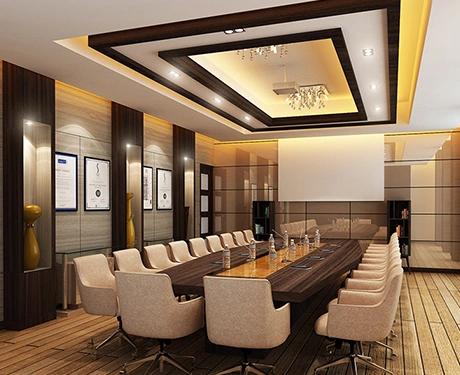

4. Sustainability and Circularity: Designing for the Future
The development of environmental awareness serves as a primary motivational factor in commercial interior design practice. The business world now focuses on obtaining sustainable solutions because it wants to reduce its environmental footprint.
- Sustainable Materials: In an interior design studio in Delhi, the standard operating practice now requires selecting sustainable materials that utilize low-energy content, recycled materials, and responsible sourcing practices.
- Energy Efficiency: Operational expenses decrease alongside environmental impact because the integration of smart lighting systems, natural light optimization, and efficient HVAC management promotes energy efficiency.
- Waste Reduction and Recycling Programs: The sustainable design requires designated recycling stations alongside space design to minimize waste production.
- Circular Design Principles: The concept of circularity, where materials are designed to be reused or repurposed during their lifetime, has gained popularity among progressive commercial interior designers in Delhi.
5. Brand Identity and Storytelling: Creating Immersive Experiences
The physical workspace serves as a vital method to express brand identity while demonstrating organizational values. The upcoming 2025 will mark a new era of commercial facilities that focus strongly on developing immersive brand experiences.
- Visual Branding Integration: Incorporating brand colors, logos, and typography in a sophisticated and integrated manner reinforces brand recognition.
- Experiential Design: Creating spaces that engage multiple senses and tell the brand story through spatial layout, materials, and even scent and sound.
- Custom Art and Installations: Commissioning unique artwork and installations that reflect the brand's personality and values adds a distinctive touch.
- Digital Integration: Seamlessly blending physical and digital brand experiences through interactive displays, digital signage, and augmented reality elements.
The commercial interior design sector undergoes continuous transformation because of cultural workplace changes, new technological innovations, and environmental priorities. Businesses operating in Delhi and beyond need experienced commercial interior design firms to develop functional spaces that deliver both aesthetic appeal and sustainable success. Interia in Delhi maintains an interior design studio that continually follows emerging design trends to deliver innovative spaces that enhance client success in the years to come.


